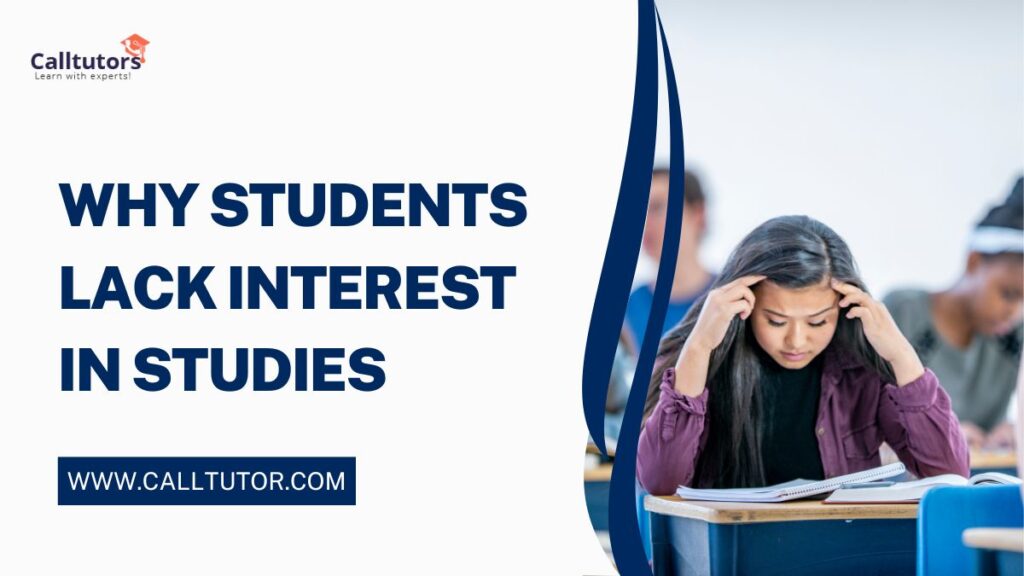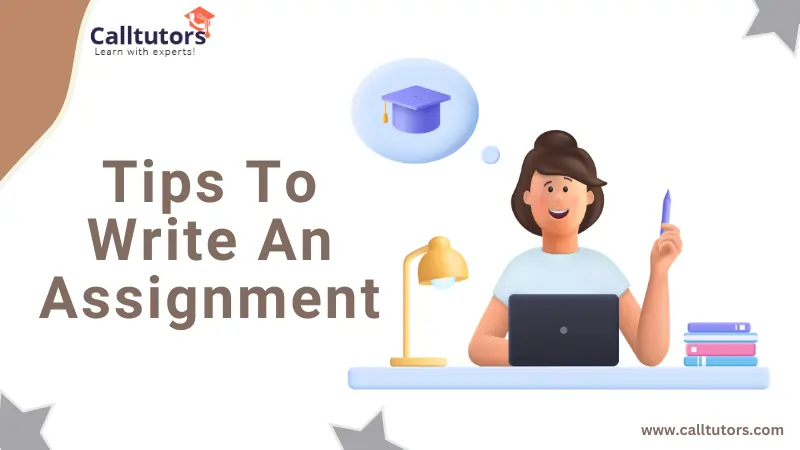Education is key to personal development as well as the overall development of society. However, there are many learners today with poor motivation and no desire to study, and this has left teachers and parents with no idea how to solve this problem. The key consequences of disengagement include: With low engagement in class, a student ends up with low performance, low self-esteem, and poor marketability, which has long-term effects. Evaluating the causes of students’ diminished interest and the measures for keeping it high is one of the core values in building an optimistic learning climate.
This extensive blog will give an overview of Why Students Lack Interest in Studies and take their lessons seriously and will give a detailed description of the causes that may be seen in a system of education, the causes which may stem from within a student and possible solutions to these causes will be discussed.
Introduction to Why Students Lack Interest in Studies
Table of Contents
Interest in studies plays the most fundamental role in performance and achievement, both academically and personally. It fosters knowledge seekers, innovation and preparation for what is ahead of them in life. Sadly, a growing number of learners consider learning boring. This disengagement shows itself in many scenarios, ranging from protracted truancy to poor performance and no contribution to activities in class.
Although some people may blame this on idleness, it is much more than that. Looking at factors such as environmental forces and concerns, organizational forces and concerns, and societal forces and concerns, we can find the performance factors that hold the potential to provide solutions to several concerns about students and ideas about how to revitalize their interest in learning.
External Factors Affecting Interest
Overburdened Curriculum
Students’ disinterest in education stems mainly from the old and heavily overcrowded curriculum. Often, the training provided in educational systems does not respect the principles of constructivism; knowledge obtained is memorized rather than practiced. Learners rarely relate classroom knowledge with real-life events, so it becomes difficult to be motivated. Furthermore, having several subjects with very rich curricula does not afford the students and the tutor any extra ideas in the lesson, which leads to the students’ fatigue.
Ineffective Teaching Methods
Teacher’s stand-up lecturing method, also known as the ‘chalk and talk method’ is fast becoming irrelevant in this advance world. Lecturing is boring and when done without consideration of the needs of the learners, the teacher tends to turn off the audience. Communication techniques do not allow students interactions thus making almost all students alienated from their classes. Furthermore, there is a lack of preparation of teachers in integrating innovation in strategies used by them also be attributed to the problem.
Distractions from Technology
In matters concerning education, technology is both a blessing and a curse. On the one hand, it provides a unique opportunity to get to know a huge amount of resources and learning tools. On the other, it plays a major role in distraction. Time spent on mass media, playing computer games, watching videos or using other social networks can replace academics. This implies that it is very hard for the learner to attend to books as they spend most of their time browsing the various social networks, mainly because the platforms are addictive and have no limit when used without prior advice on how to schedule time for a particular activity.
Parental Pressure
Parental expectations have the potential to influence a student’s attitude toward studies significantly. Thus, although encouragement and support are helpful, strict demands for good grades or insistence on particular career choices are counterproductive. Such parents put a lot of effort into their child’s performance and grades without bothering about the child’s welfare or the child’s hobbies. This leads to a highly stressed atmosphere in which learners develop stress to study instead of stress for self-improvement.
Internal Factors Impacting Students
Mental Health Challenges
Lots of students never seek help because of the perceived negative connotations associated with their mental health, especially when they are stressed,d anxious, or depressed. Academic pressure, family pressures, and personal vulnerability could bring about these pressures. These are some of the issues that would lock a student out of focusing or finding fun in learning. If neglected, mental health problems work themselves into chronic schooner or academic underachievement.
Low Motivation
Motivation has to do with student performance, especially in-class work. Nevertheless, most learners need help with self-motivation; this is especially so if they cannot find meaning in the courses they are taking toward the actualization of their life goals. Where there is no destiny or objectives, there is likely to be lethargy. Notably, below-par learning outcomes lead to a lack of academic confidence and promote lower performance rates hence, a loop.
Learning Styles and Preferences
In this kind of context, not all students find learning at such centers an easy process to undertake. Each child, for instance, the visual learner will find lectures less attractive as compared to diagrams or video clips. Like the other forms of learning, kinesthetic learners choose action rather than words; they prefer to act rather than to discuss. Lack of differentiated instruction for students practiced in most classrooms makes such students quit working over time since they do not find their selves in the conventional learner profile.
Societal and Cultural Influences
Peer Pressure
Juvenile group influence is particularly high during adolescence. Regarding others, learners especially develop a culture where they and their friends emulate certain attitudes and behaviors, much as these might hinder their academic success. Higher levels of academic devaluation can lead to a lack of time devoted to study for fear of being excluded socially by peers from activities such as watching or partying.
Stigma Around Failure
Students need help to turn to failure since society discriminates against the results rather than embracing change or approving experimental courses. This kind of fear leads to a fixed mindset as the students tend to avoid any circumstances that the teacher sets that they are likely not to succeed in. For this reason, a child may lack the desire to challenge himself or to make progress.
Cultural Norms
The community normally prescribes the disciplines students should take or the occupations they should venture into. As such, the societal reality does not match the ideal, and people become indifferent. For instance, a student who dreams about arts, models, creative lessons and exciting performances may feel frustrated with his/her family, which dictates that the child become an engineer or a doctor.
Solutions to Reignite Interest in Studies
Innovative Teaching Methods
Teachers should consider using instructional models that incorporate the learners’ participation in education exciting. Simulation and games integrated into the education process would help students substitute complicated information with amusing information more easily. Further, grouping and assignments by project can enhance students’ understanding of how they can apply what they are learning in class to actual projects.
Family and Organizational Support
It, therefore, means that parents and educators must join hands to ensure that children get the best so that they can learn effectively. Teacher-student communication should remain wide open in order to be in a position to identify and rectify problems affecting the student. Schools also have to make available psychological support, valuable means for reducing stress and counseling at school, together with the possibility of organizing supportive groups. Such initiatives help the students to manage academic challenges better.
Practicing Learning That Is Trained by Passion
Students perform well when they are able to find out their strengths and interests to be followed. Schools should then allow the children to participate in clubs and sports or take classes in an area of interest. For instance, if a student has a passion for innovation, then coding classes would be appropriate for such a child. Another example is if a child likes drawing,g then visual arts would be the best for him or her. Not only does passion-driven learning motivate people in part by encouraging them to be confident in what they’re doing.
Balanced Use of Technology
Instead of teaching children to hate and shun technology, instructors and caretakers need to help students learn how to use technology to their benefit. Educational applications, online tutorials, and other interactive environments can enhance student learning, making it easier to follow conventional teaching. Restrictions to the amount of recreational time allowed to be spent in front of screens while embracing the use of screens for learning are very effective.
Redefining Success
The only way is to change the perception of society to failure and change the focus on what success is. To build up others’ growth mindset, one ought to help students embrace their errors as strengths rather than lobbyists for their failures. Recognizing efforts and creativity, as well as persistence along with academic accomplishment,s is conducive to the formation of positive attitudes regarding learning.
Conclusion
The issue of little concern by students towards their studies is complex and needs to be considered as such so that efforts to solve it can be fully effective. Only in this case the educators and parents will be able to come up with an improved way of trying to solve this problem, which is informed by the extant outside pressures, conflicted inside ourselves, as well as the social forces that push for nonproductive behaviors to be exhibited in schools.
To reintroduce excitement, creativity, and motivation in students, the following strategies could be useful: a flexible approach to teaching and learning, freedom of speech and Noble intentions of students’ interests. If students understand that education is a process that helps to improve their personal and professional lives, it will be welcomed with open arms.



